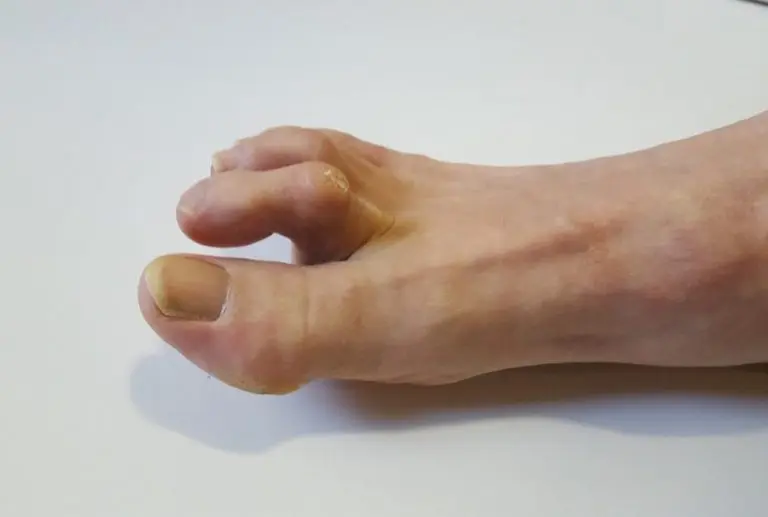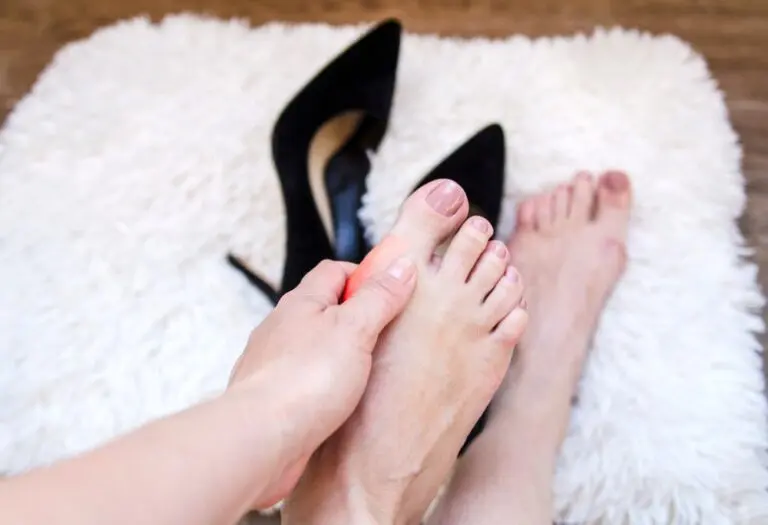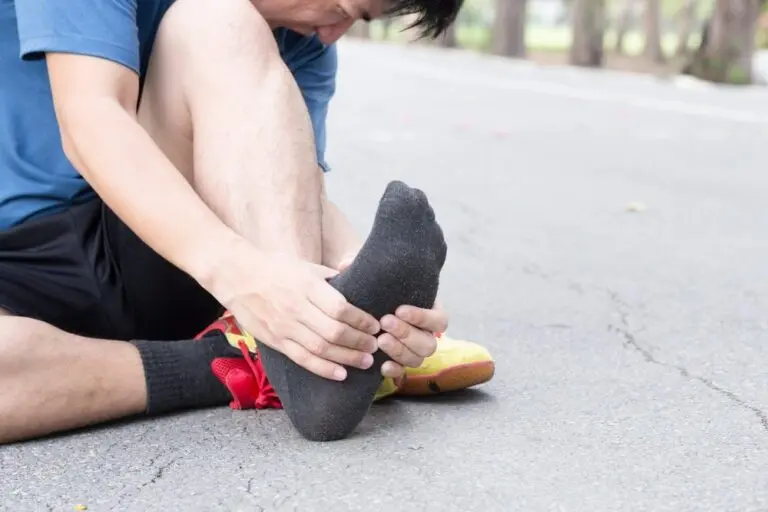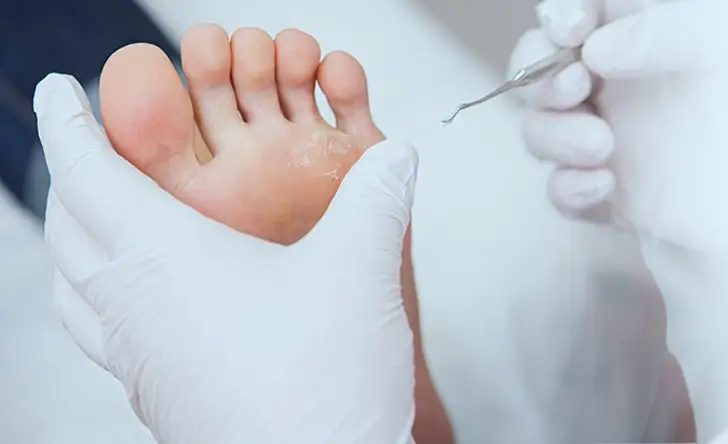Hammer toe : symptoms and treatments
Do you ever feel pain in your toes? Are you afraid the contracture will get progressively worse? If you answered yes, you may be suffering from hammer toe. Hammer toes, claw toe or mallet toe are characterized by a contracture of the toe. The curvature of the affected toes gives the impression that your toes…




